For a long time, there has been a lack of awareness around the importance of blanket bogs, including the vital role they play in biodiversity conservation, their functions in regulating climate and water, and the role they play in erosion control.
Blanket bogs are being rapidly degraded through a combination of human activity, climate change and natural processes. Degraded bogs release carbon that has been stored in the peat, affect water quality, contribute to climate change, and lose ecological value.
The main pressures on blanket bogs are detailed below:
Main Pressures
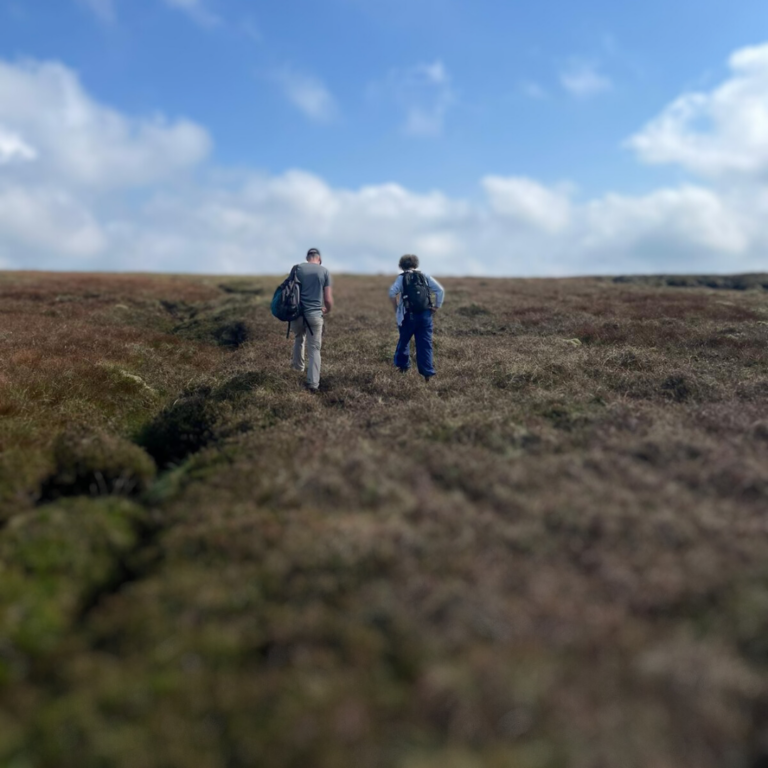
Peat cutting

Extracting peat from bogs for either domestic or commercial use results in loss of habitat. In addition, the peat cutting processes alters the natural form of the bog affecting the hydrology. The cut face of a peat bank creates a steep zone where the water table drops dramatically, peat dries out and carbon stored in the peat for millennia is released.
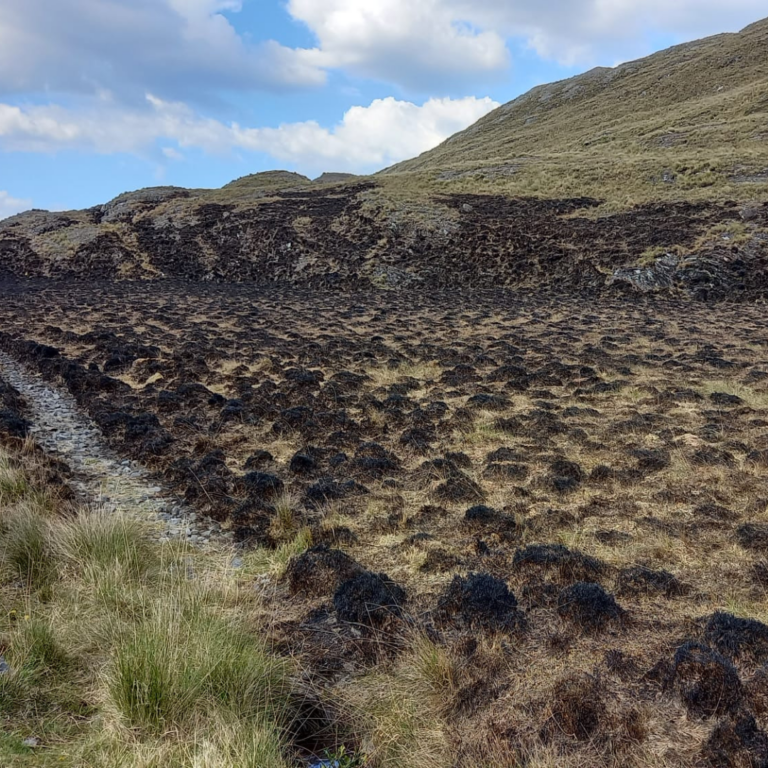
Burning

Fires on bogs result in loss of surface vegetation including the peat-forming species, as well as other wildlife such as invertebrates and ground nesting birds. Recovery times for different plant species after a fire can vary, with plant communities altering significantly where repeated burnings occur. The long term impacts of repeated burnings result in a complete change in the vegetation on the surface of bogs, loss of the important bog forming species such as sphagnums and contributing to peat erosion and increased water runoff.
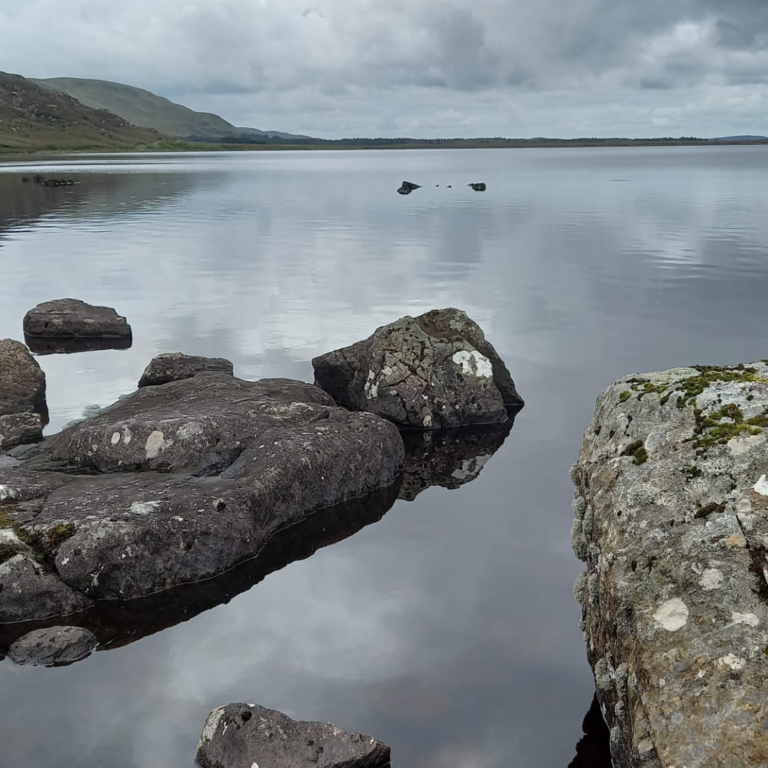
Drainage & Reclamation

Drainage ditches on bogs lower the water table and can initiate peat erosion and oxidation. Even old drains can continue to affect the hydrology. When the water table has been lowered, the top layer of the bog is altered with species composition changing and that part of the bog stops forming peat. The peat below the surface can become compressed, shrinking as water is lost from these layers and the bog surface can subside. The drainage of bogs has negatively impacted the quality of freshwater resources as water runoff is accelerated, which results in the erosion of peat and addition of organic matter to water.

Invasive Non-Native Species

The colonisation of blanket bogs by invasive non-native species such as Rhododendron ponticum and Lodgepole Pine (Pinus contorta) significantly impacts plant communities and wildlife on the bog. Through competition for space, native vegetation is excluded by invasive species, and once they are established they can spread quickly and are difficult to control.
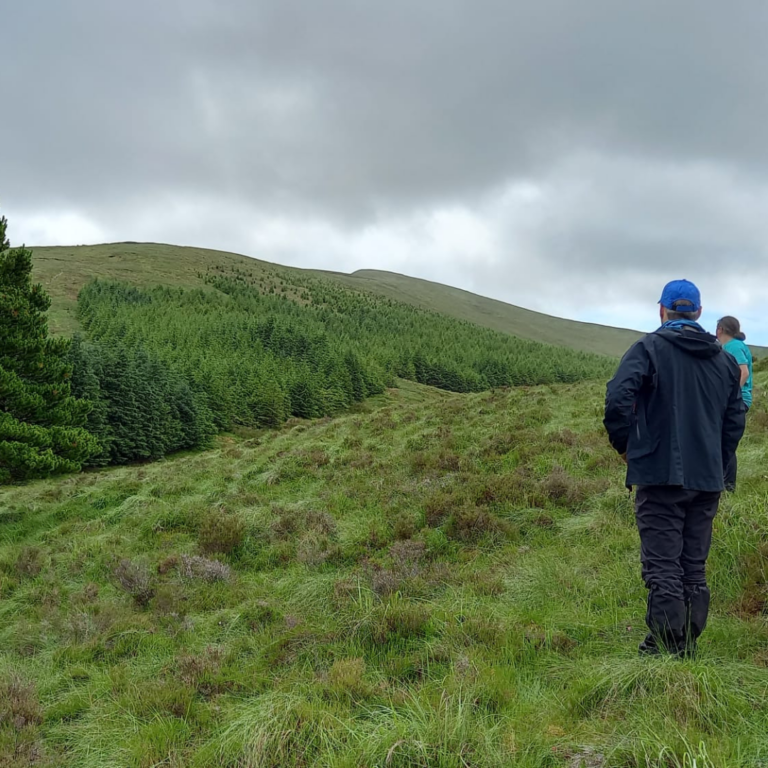
Afforestation

In the past, there was extensive planting of non-native conifers on blanket bogs. The planting of these trees was made possible through a network of furrows and drainage ditches, which have significantly impacted the hydrology of these bogs. As well drainage, the weight of trees has compressed the peat underneath.
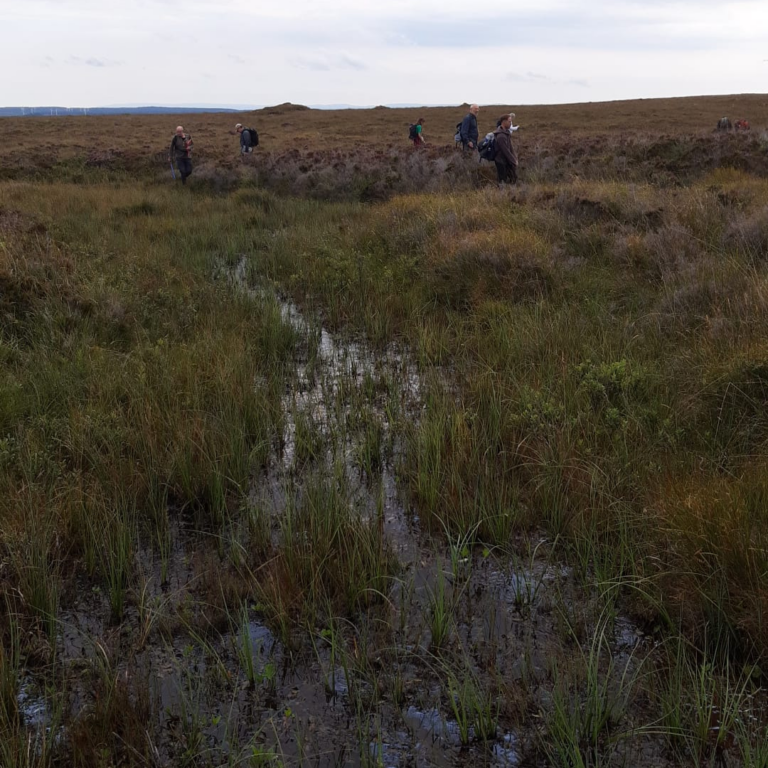
Grazing & Livestock Management

Heavy grazing of bogs can significantly impact the vegetation cover. In the past, high stocking densities on bogs were not sustainable and have resulted in loss of vegetation and peat forming plants. Overgrazing of vegetation and poaching of the bogs surface can also contribute to erosion. Undergrazing is an issue if maintaining open habitats on bogs is the management objective. It can also contribute to the dominance of a few species, an associated increase in the level of plant litter and dead vegetation that potentially increases the risk of fire, particularly during extended dry periods. Bogs are more susceptible to wildfires due to poor bog conditions that can be attributed to undergrazing, historical repeated burning practises and drainage.
Other activities related to livestock management are damaging such as supplementary feeding, which can contribute to nutrient enrichment and erosion as a result of concentrating stock in a single location where feeders are being used.
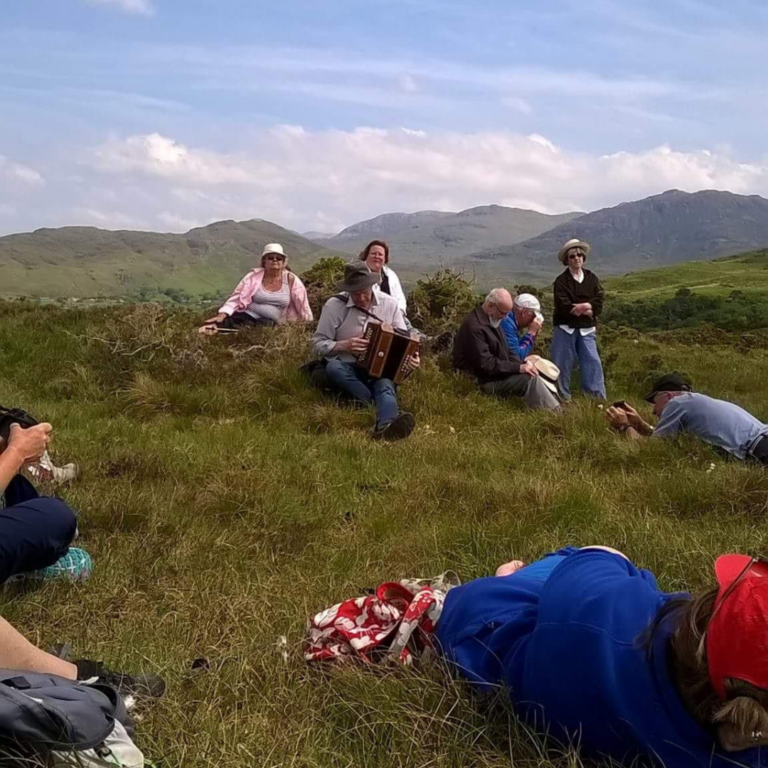
Recreation and infrastructural developments

Infrastructural developments, such as the construction of roads, disrupts the bogs natural hydrology and results in habitat loss and habitat fragmentation. The construction phase for these developments can include inappropriate access over bogs that will damage the bog surface and underlying peat adjacent the development site, which can then take many years to recover.
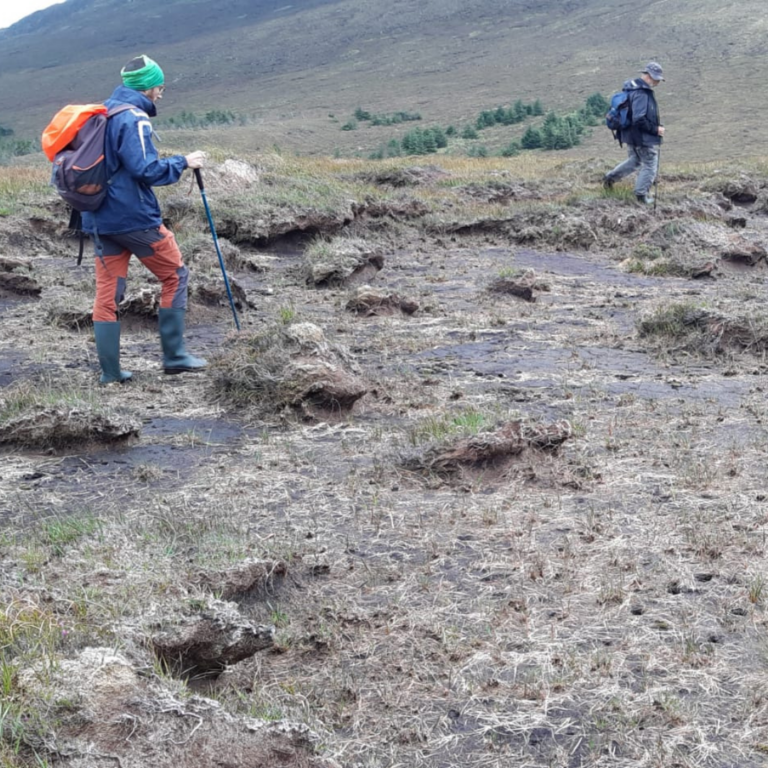
Climate Breakdown

Extended periods of drought and extreme rainfall events will impact the hydrology of the bog. The vegetation communities on the bog will be altered with different plants responding to the changing weather patterns. Hotter and drier summers could speed up the decay of peat, especially on already damaged sites. Heavy rainfall events on degraded bogs could further contribute to erosion and flooding events. Shrubs and vascular plants could thrive, where their cover on the bogs surface expands, and the peat forming mosses become less abundant. This changing dynamic in the plant communities on the bogs could interfere with the abilities of peat to store carbon. Intact and actively forming blanket bogs will be more resilient to the negative impacts of climate change.
